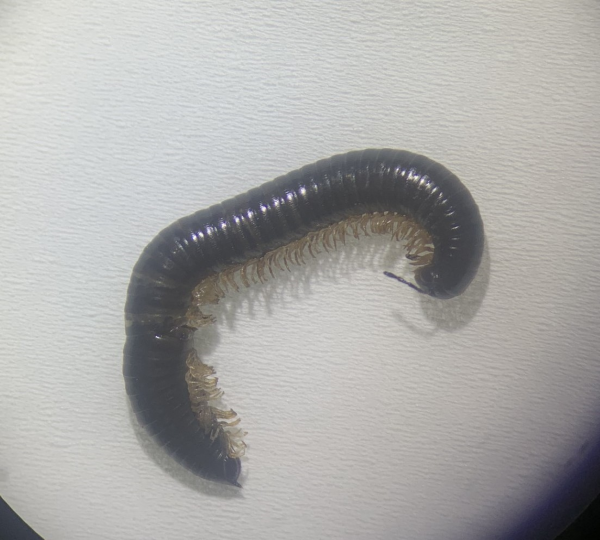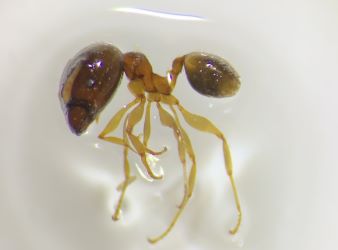Highways or back tracks: Understanding animal dispersal and habitat connectivity using genomic data
Background
Dispersal has major consequences for population viability, gene flow, and species invasions. Despite its ecological importance, quantifying dispersal remains challenging. We have limited information about dispersal to guide management, and this dearth of knowledge is particularly acute for insects – a large and highly diverse clade of animals that have suffered massive declines over the last few decades, and which are critical for maintaining the structure and function of natural ecosystems.
Methods
Recent technological advances in genetic analyses allow easier estimation of animal and plant dispersal across landscapes. This study leverages these new approaches, to estimate dispersal in a range in invertebrate species, including insects, millipedes and spiders. By quantifying the patterns of gene flow and connectivity for native species with different dispersal characteristics, we can, for the first time, develop models of how the environment and species traits interact to drive patterns of dispersal. Such models would inform planning to maximise connectivity for native populations and allow us to predict how new invasive species are likely to disperse across our target landscape.
Sample collection
Because of the high number of samples required for this project (>90 per species), I would appreciate your help with collecting samples of three species (the redback spider, the Portuguese millipede and the African Big-headed ant). If you regularly see them around your house, and are willing to help me out, I would greatly appreciate it. If you are comfortable collecting the sample yourself, please let me know and I can give you a couple of sample tubes and can provide forceps. If you’d prefer for me to collect the samples, I’d be happy to swing by your house whenever is convenient for you. If you manage to find Big-headed ants the major is preferred (they have workers with big and small heads, and we want the big-head workers).
Sample should be collected into a 2 mL tube containing 90% ethanol. Please use forceps to collect the redback spiders. I need the date and coordinates (decimal degree latitude and longitude) of the specimen collection. Tubes should be stored in a fridge or freezer until being posted to Curtin University or handed over.
For any questions, please contact Marta Karolak:
marta.karolak@postgrad.curtin.edu.au


